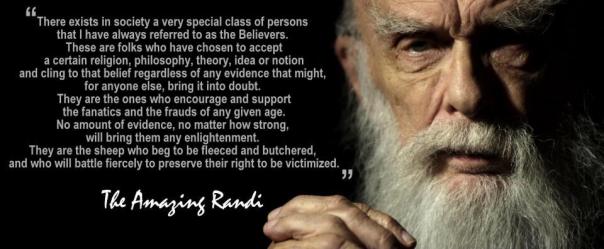
March 15, 2012
“Let’s get this business about belief straight. The believers are the scientists, they’re the ones who are clinging to a belief. The people who think that there are Sasquatches are the ones who are investigating – the ones who have become convinced on evidence. The scientists are the ones going on pure faith and don’t actually know much about it and make darn sure they don’t know anything about it.” – John Green
“Belief is the providence of religion, and believing has more to do with faith than science. I accept or deny the evidence, the patterns of reports, the eyewitness testimony, and those investigations inform me as to whether or not I feel this is an event, a hidden animal, and/or a cryptid of interest to cryptozoology.” – Loren Coleman
The following what written by T. Peter Park in 2004:
As one leading contemporary Fortean, the cryptozoologist Loren Coleman, has stressed, “pursuers of the unknown, Forteans all, believe in nonbelief” (Loren Coleman, Mysterious America [New York: Paraview Press, 2001], “Some Concluding Thoughts After Some Years on the Trail,” p. 289). An “open-minded attitude to the many unexplained situations,” he
feels, is “the stock and trade of the Fortean.”
Coleman and his fellow cryptozoologists can “accept concrete answers, actual flesh and blood critters as the foundation to monster accounts.” However, he adds, “a psychological answer may be at work with some of
these accounts, and the rational conventional undiscovered animal answer may not be viable for all reports.” He sees “room enough to consider many possibilities.” However, he emphasizes that as a cryptozoologist he does not “believe” in monsters. Cryptozoology, he reiterates, is “not about ‘belief.'” Believing is “the realm of religion,” but “cryptozoology, like all sciences,” is “about gathering the data and evidence to develop trends, patterns, and evidence which lead to hard facts and discoveries” (Coleman, Mysterious America, p. 289).
Thus, Coleman suggests on the one hand that quite probably “some monsters in America are chimpanzee-like dryopithecines,” “some cats and maned lions are relict populations” of Panthera atrox, and “some lake monsters are unknown long-necked seals.” However, he feels that there is also “room” in his “cosmic jokebox” for “teleporting alligators, Dover Demons,” and “phantom clowns that imitate UFO’s in all aspects but flight.” (Coleman, Mysterious America, p. 289)….He professes himself “not afraid to say ‘I don’t know.'” (Coleman, Mysterious America, p. 289).
(From T. Peter Park’s long essay, “Forteanism and Experience Anomalies.”)
Aren’t we, in essence, in agreement with the so-called “Skeptics”?

About Loren Coleman
Loren Coleman is one of the world’s leading cryptozoologists, some say “the” leading living cryptozoologist. Certainly, he is acknowledged as the current living American researcher and writer who has most popularized cryptozoology in the late 20th and early 21st centuries.
Starting his fieldwork and investigations in 1960, after traveling and trekking extensively in pursuit of cryptozoological mysteries, Coleman began writing to share his experiences in 1969. An honorary member of Ivan T. Sanderson’s Society for the Investigation of the Unexplained in the 1970s, Coleman has been bestowed with similar honorary memberships of the North Idaho College Cryptozoology Club in 1983, and in subsequent years, that of the British Columbia Scientific Cryptozoology Club, CryptoSafari International, and other international organizations. He was also a Life Member and Benefactor of the International Society of Cryptozoology (now-defunct).
Loren Coleman’s daily blog, as a member of the Cryptomundo Team, served as an ongoing avenue of communication for the ever-growing body of cryptozoo news from 2005 through 2013. He returned as an infrequent contributor beginning Halloween week of 2015.
Coleman is the founder in 2003, and current director of the International Cryptozoology Museum in Portland, Maine.
Filed under Conspiracies, Cryptomundo Exclusive, CryptoZoo News, Cryptozoology, Evidence, Forensic Science, Forteana